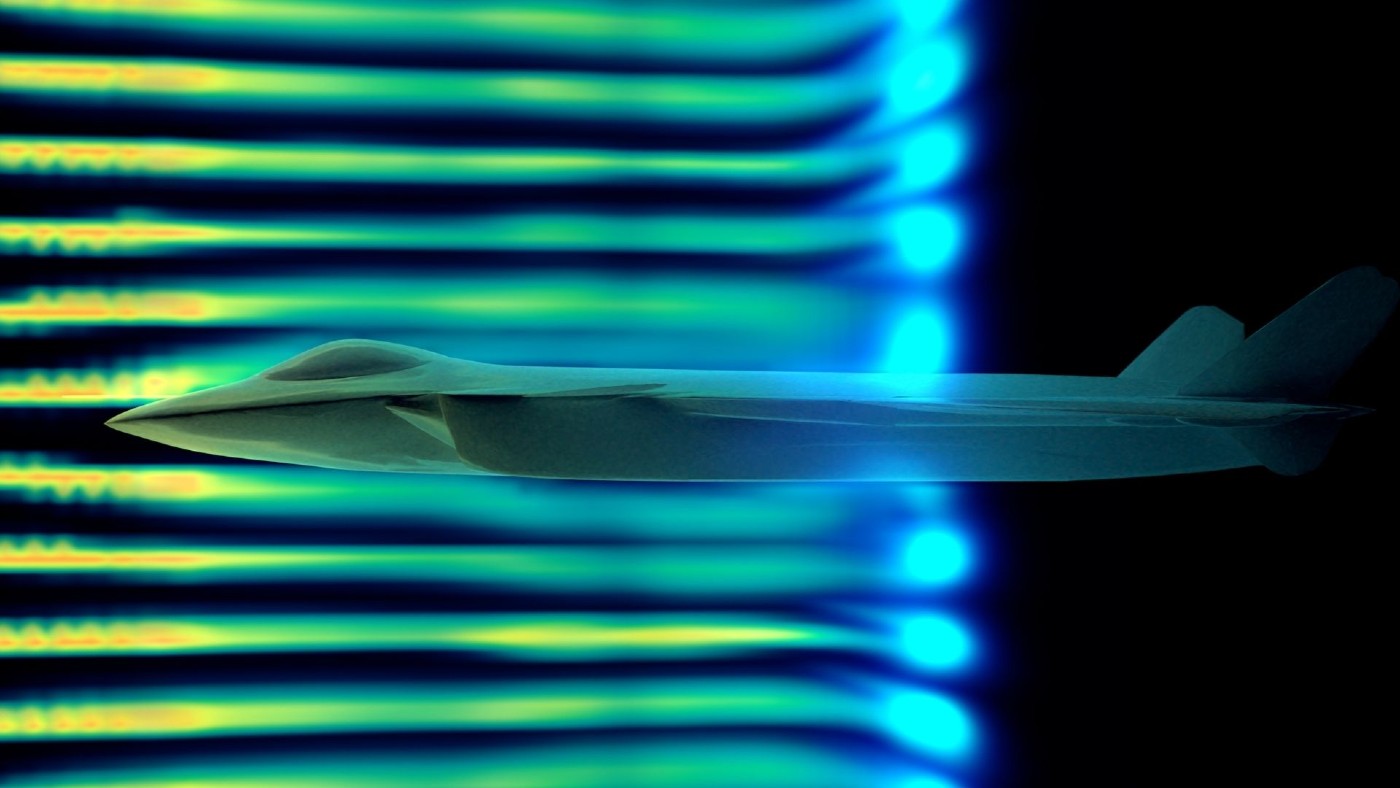China claims to have used artificial intelligence (AI) to simulate an aerial battle involving a hypersonic aircraft traveling at Mach 11. Unexpectedly, during the simulation, the AI developed what Chinese researchers described as “a surprising tactic” for taking down an adversary.
The experiment was conducted by a team of Chinese researchers led by associate professor Liu Yanbin from the Nanjing University of Aeronautics and Astronautics, reported SCMP. The report noted that the results were published in the Journal of Beijing University of Aeronautics and Astronautics last month.
During the computer simulation, a hypersonic aircraft came into contact with an adversary fighter jet moving at Mach 1.3, or about an F-35’s top speed. The pilot of the hypersonic aircraft then received an order to shoot down the enemy aircraft, presumably the US stealth fighter.
While instinct and previous simulations should have directed the pilot to fly precisely in the direction of the target, the pilot, assisted by AI, instead flew to an unanticipated position far ahead of the enemy aircraft.
The report added that the pilot then launched a missile “over the shoulder,” tossing it in the direction of the enemy.
The computer simulation shows that the conflict was over in less than eight seconds after the missile struck the opposing fighter, which was 30 kilometers (18.6 miles) behind the hypersonic aircraft.

Chinese scientists said this counterintuitive strategy provided the greatest killing range while offering the lowest risks to the pilot. Nonetheless, the experiment results demonstrate China’s aspirations to use AI to overcome aerial conflict, accentuating Beijing’s continued attempts to advance this technology.
This was previously demonstrated by stories that reported Chinese fighter pilots had engaged in simulated dogfights with AI-driven aircraft to improve their fighting abilities.
Chinese pilots initially defeated the AI, but it learned from its human opponent over time and applied the same strategy against the human pilot to triumph.
According to the researchers, the most surprising result of the simulation was that at Mach 11, the opponent was directly behind the hypersonic plane’s tail and still inside attack range.
At speeds below Mach 5, in a typical aerial dogfight, participants often strive to engage one another head-on and avoid being followed by a foe.
This demonstrates how, during air-to-air operations, the hypersonic aircraft may attack outside the fighting zone by using an over-the-shoulder launch to fire weapons at a considerable distance from the target.
A Key Factor For Future Aerial Warfare
China has made progress in recent years in improving its air combat force, even producing a fifth-generation stealth fighter, as it aims to develop a modern military capable of fighting and winning wars by the middle of this century.
The report noted that reusable hypersonic aircraft provide several potential advantages in air combat, such as inexpensive mission costs and the capacity to operate at extremely high speeds while having excellent maneuverability.
Even so, aircraft traveling at Mach 5 and higher hypersonic speeds do not yet have fire-control systems for launching missiles. The AI developed by Liu’s team could boost battle effectiveness in hypersonic aircraft.
However, fire-control systems for launching weapons for aircraft flying at hypersonic speeds of Mach 5 and above have yet to be developed.
Hypersonic flight necessitates quick responses and new standards for fire-control systems, which must be able to do calculations with extreme precision.
Chinese researchers said that the aerial fire-control system’s use of artificial intelligence technologies could enhance the aircraft’s situational awareness and the responsiveness of the system’s offensive and defensive actions.
Situations on the battlefield are getting more complicated, and combat missions are getting more complex. Making the best tactical decisions requires speedy information processing on the part of the pilot.
According to the experts, the new strategy would fully utilize the hypersonic aircraft’s flight capabilities and significantly increase the crew’s chances of survival. It also allows for quick, long-range strikes.
In the following phase of their study, the team noted, they would employ AI to assist multiple hypersonic aircraft in coordinating and carrying out a “multi-wave, multi-task attack.”
Global rapid-strike capacity and penetration depth are key factors in future strategic deterrence. Every military force has intensified its high-speed combat aircraft development in recent years.
- Contact the author at ashishmichel(at)gmail.com
- Follow EurAsian Times on Google News